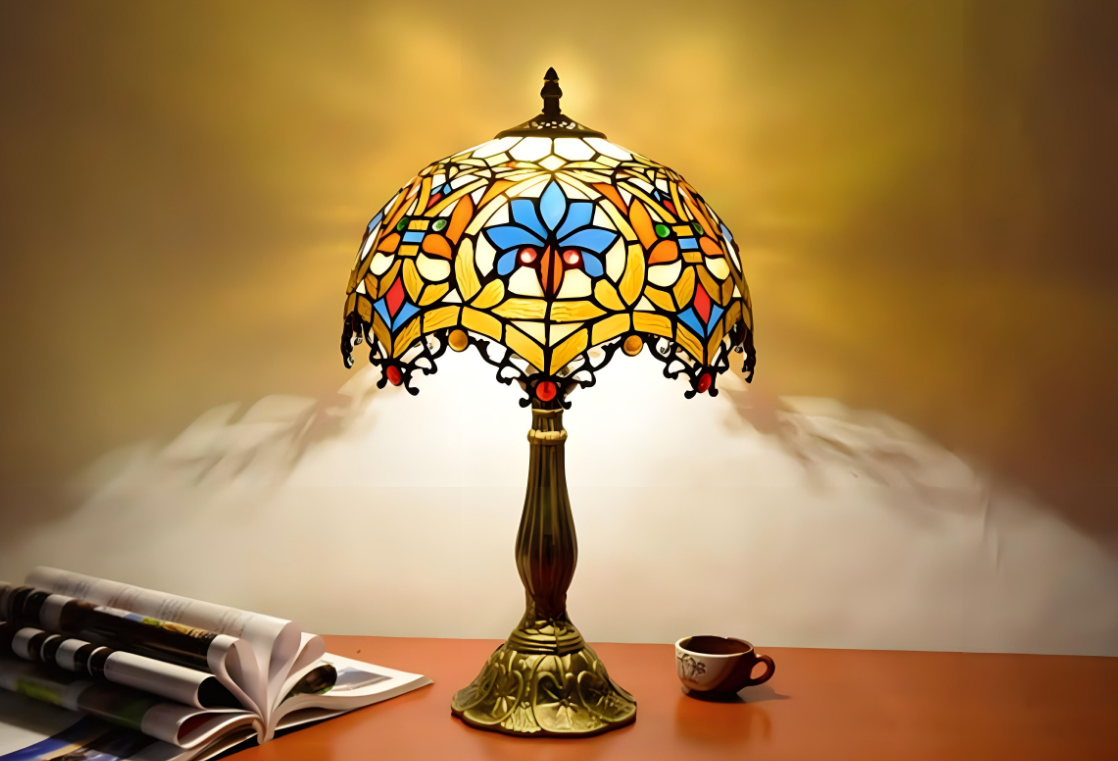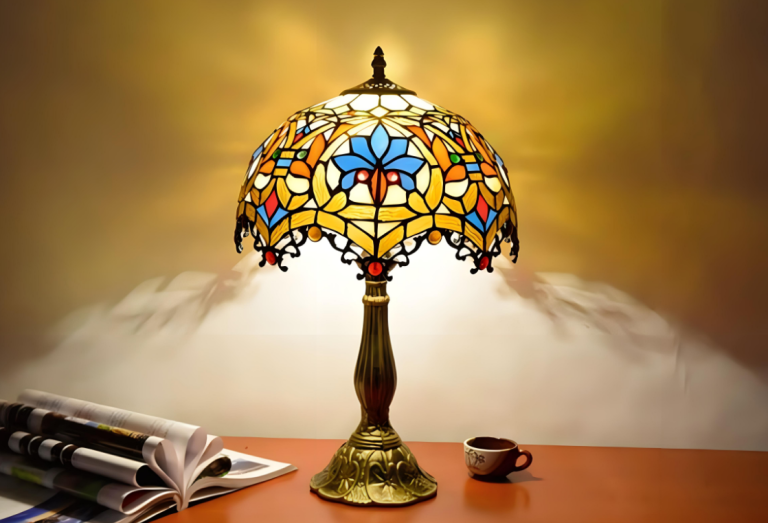Unveiling the Enchanting World of Collection Curios: Discovering the Fascinating Treasures of the Past

Collection curios, also known as collectibles, are objects that are sought after and gathered by individuals due to their rarity, uniqueness, or historical significance. These items can range from antique furniture and vintage jewelry to stamps, coins, and postcards. Collecting has been a popular hobby for centuries, with individuals amassing various items to preserve history and culture. The act of collecting allows people to connect with the past, learn about different eras and cultures, and appreciate the beauty and craftsmanship of these objects.
The history of collecting dates back thousands of years. Ancient civilizations such as the Egyptians and Romans collected artifacts and treasures as a way to showcase their wealth and power. During the Renaissance period, collecting became more widespread among the upper classes in Europe. Cabinets of curiosities were created to house these collections, which included natural specimens, scientific instruments, works of art, and other oddities. In the 18th and 19th centuries, collecting became more accessible to the middle class with the rise of industrialization and increased trade. Today, collecting has become a global phenomenon, with collectors from all walks of life seeking out unique and valuable items.
Collecting is not just a hobby; it is also an important means of preserving history and culture. Many items that are collected have historical significance and provide valuable insights into different time periods and cultures. By collecting and preserving these objects, we are able to learn from the past and pass on this knowledge to future generations. Additionally, collecting helps to prevent the loss or destruction of important artifacts or works of art. Without collectors, many valuable pieces would be lost or forgotten over time.
The Art of Collecting: Understanding the Passion Behind Curiosity
The psychology of collecting biosaglighting is a fascinating subject that has been studied by psychologists for decades. Collecting is often driven by a sense of curiosity and a desire to acquire and possess rare or unique items. The act of collecting can provide a sense of purpose and fulfillment, as well as a way to express one’s individuality and personal taste. For many collectors, the thrill of the hunt is a major part of the experience. The search for rare or valuable items can be exciting and addictive, leading collectors to spend hours scouring flea markets, antique shops, and online auctions in search of their next treasure.
Completing a collection is another aspect of collecting that brings great satisfaction to collectors. The process of finding and acquiring each item in a collection can be challenging and time-consuming, but the sense of accomplishment that comes with completing a collection is unparalleled. It is often the pursuit of completing a collection that keeps collectors motivated and engaged in their hobby.
Unraveling the Secrets of Antique Treasures: A Peek into the Past
Antiques are items that are at least 100 years old and are valued for their historical significance, craftsmanship, and rarity. Identifying and dating antiques can be a complex process that requires knowledge of different materials, styles, and manufacturing techniques. One way to determine the age of an antique is by examining its construction and materials. For example, furniture made before the 19th century was often constructed using hand tools and traditional joinery techniques, while furniture made after the Industrial Revolution may have machine-made components.
Another way to date an antique is by examining its style. Different time periods have distinct design styles that can help identify when an item was made. For example, furniture from the Victorian era is often ornate and heavily carved, while furniture from the Art Deco period is characterized by clean lines and geometric shapes.
There are many popular antique items that collectors seek out. Furniture, such as tables, chairs, and cabinets, is a common category of antiques. Other popular items include ceramics, glassware, silverware, and textiles. Collecting antiques can be a rewarding hobby, as it allows individuals to own a piece of history and appreciate the craftsmanship of the past.
The Beauty of Vintage Jewelry: A Sparkling Tale of Elegance and Glamour
Vintage jewelry refers to jewelry that is at least 20 years old but less than 100 years old. It is valued for its unique designs, quality craftsmanship, and historical significance. Vintage jewelry can include a wide range of pieces, such as necklaces, bracelets, earrings, rings, and brooches.
The history of vintage jewelry is closely tied to the fashion trends and social movements of the time. For example, during the Art Nouveau period in the late 19th and early 20th centuries, jewelry designs were inspired by nature and featured flowing lines and organic shapes. In contrast, during the Art Deco period in the 1920s and 1930s, jewelry designs were characterized by geometric shapes and bold colors.
There are many popular vintage jewelry styles and designers that collectors seek out. Some popular styles include Victorian, Edwardian, Art Nouveau, Art Deco, Retro, and Mid-Century Modern. Each style has its own unique characteristics and appeal. Some popular vintage jewelry designers include Tiffany & Co., Cartier, Van Cleef & Arpels, and Chanel.
Collecting vintage jewelry can be a rewarding hobby for those who appreciate the beauty and craftsmanship of these pieces. It allows individuals to own a piece of history and wear something that is truly unique.
The Charm of Old Coins and Banknotes: A Glimpse into the History of Money
Coins and banknotes have been used as a form of currency for thousands of years. Collecting coins and banknotes allows individuals to explore the history of money and learn about different cultures and time periods.
The history of money dates back to ancient civilizations such as Mesopotamia and Egypt, where coins made of precious metals were used as a medium of exchange. Over time, coins and banknotes evolved and became more standardized. Today, coins and banknotes are not only used as a means of payment but also as collectible items.
There are many popular coins and banknotes that collectors seek out. Some collectors focus on collecting coins from a specific country or time period, while others collect coins based on their design or rarity. Some popular coins to collect include ancient Greek and Roman coins, U.S. coins, British coins, and commemorative coins. Banknotes from different countries and time periods are also highly sought after by collectors.
Grading and valuing coins and banknotes can be a complex process that requires knowledge of different grading systems and market trends. Coins and banknotes are graded based on their condition, with higher grades indicating better condition and higher value. Factors such as rarity, historical significance, and demand also play a role in determining the value of a coin or banknote.
The Fascinating World of Stamps: A Journey Across the Globe

Stamps have been used for over 150 years as a way to prepay for postal services. Collecting stamps, also known as philately, is a popular hobby that allows individuals to explore different countries, cultures, and historical events.
The history of stamps dates back to the mid-19th century when the first adhesive postage stamp, the Penny Black, was issued in the United Kingdom in 1840. Since then, stamps have been issued by countries all over the world, featuring various designs, themes, and denominations.
There are many popular stamp collecting themes that collectors seek out. Some collectors focus on collecting stamps from a specific country or time period, while others collect stamps based on a particular theme or subject. Some popular stamp collecting themes include animals, sports, famous people, historical events, and transportation.
Identifying and valuing stamps can be a complex process that requires knowledge of different stamp issues, varieties, and printing methods. Stamps are often identified by their design, denomination, and country of origin. The condition of a stamp, including factors such as centering, gum condition, and cancellation marks, also plays a role in determining its value.
The Allure of Vintage Postcards: A Window to the Past
Postcards have been used for over a century as a means of communication and as collectible items. Collecting vintage postcards allows individuals to explore different places, cultures, and historical events.
The history of postcards dates back to the late 19th century when the first picture postcards were issued in Austria in 1869. Since then, postcards have been produced by countries all over the world, featuring various designs, photographs, and messages.
There are many popular postcard collecting themes that collectors seek out. Some collectors focus on collecting postcards from a specific country or time period, while others collect postcards based on a particular theme or subject. Some popular postcard collecting themes include landscapes, city views, holidays, transportation, and famous landmarks.
Identifying and valuing vintage postcards can be a complex process that requires knowledge of different printing methods, publishers, and postmarks. Postcards are often identified by their design, photograph or illustration, publisher’s logo or name, and any messages or postmarks on the back. The condition of a postcard, including factors such as creases, tears, and discoloration, also plays a role in determining its value.
The Mystery of Antique Books: A Story Waiting to be Unfolded
Books have been collected for centuries due to their historical significance, literary value, and aesthetic appeal. Collecting antique books allows individuals to explore different genres, authors, and time periods.
The history of book collecting dates back to ancient times when books were considered valuable and rare. During the Renaissance period, book collecting became more widespread among the upper classes in Europe. Today, book collecting is a popular hobby that attracts individuals from all walks of life.
There are many popular book collecting themes that collectors seek out. Some collectors focus on collecting books from a specific genre or time period, while others collect books based on a particular author or subject. Some popular book collecting themes include first editions, signed copies, illustrated books, and books on a specific topic or theme.
Identifying and valuing antique books can be a complex process that requires knowledge of different printing methods, bindings, and editions. Books are often identified by their title, author, publisher, and publication date. The condition of a book, including factors such as wear, damage, and restoration, also plays a role in determining its value.
The Intrigue of Artifacts and Relics: Discovering the Mystical World of Antiquities
Artifacts and relics are objects that have historical or cultural significance and are often associated with ancient civilizations or religious traditions. Collecting artifacts and relics allows individuals to explore different cultures, religions, and time periods.
The history of artifact and relic collecting dates back thousands of years when ancient civilizations such as the Egyptians and Romans collected artifacts and treasures as a way to showcase their wealth and power. Today, artifact and relic collecting is a popular hobby that attracts individuals who are interested in history, archaeology, and anthropology.
There are many popular artifact and relic collecting themes that collectors seek out. Some collectors focus on collecting artifacts from a specific culture or time period, while others collect artifacts based on a particular theme or subject. Some popular artifact and relic collecting themes include ancient Egyptian artifacts, Roman coins and pottery, Native American artifacts, and religious relics.
Identifying and valuing artifacts and relics can be a complex process that requires knowledge of different materials, styles, and manufacturing techniques. Artifacts and relics are often identified by their design, material, and cultural or historical context. The condition of an artifact or relic, including factors such as preservation, restoration, and provenance, also plays a role in determining its value.
The Joy of Collecting: Building Memories and Creating a Legacy
Collecting is not just a hobby; it is also a way to build memories and create a legacy. Many collectors have fond memories of the items they have collected over the years and the experiences they have had while searching for these treasures. Collecting allows individuals to connect with the past, learn about different cultures and time periods, and appreciate the beauty and craftsmanship of these objects.
Starting a collection can be an exciting and rewarding experience. It is important to choose a theme or category that you are passionate about and that aligns with your interests and values. Researching and learning about the items you are collecting is also important, as it will help you make informed decisions when acquiring new pieces.
Preserving and displaying your collection is another important aspect of collecting. Proper storage and handling techniques can help prevent damage to your items and ensure their longevity. Displaying your collection in a way that showcases its beauty and significance can also enhance your enjoyment of the items.
Passing on your collection as a legacy is a way to ensure that your passion for collecting lives on. Whether you choose to pass on your collection to family members or donate it to a museum or institution, sharing your collection with others allows them to appreciate its beauty and learn from its historical significance.
In conclusion, collecting curios is a fascinating hobby that allows individuals to explore different time periods, cultures, and artistic styles. Whether you are collecting antiques, vintage jewelry, coins and banknotes, stamps, postcards, books, artifacts and relics, or any other type of collectible item, the joy of collecting lies in the thrill of the hunt, the satisfaction of completing a collection, and the opportunity to preserve history and culture. So, start your own collection today and embark on a journey through time.




+ There are no comments
Add yours